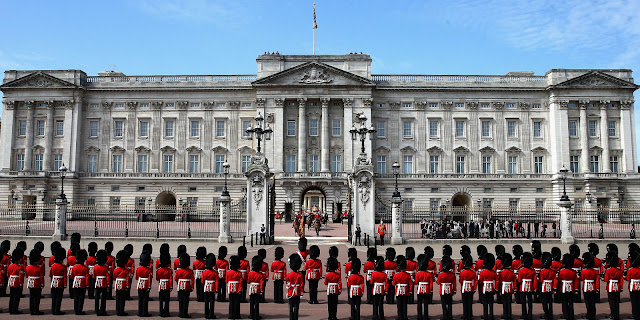1. THE ROYALS CLAIMED THE LAND LONG BEFORE THEY HAD PLANS TO LIVE ON IT.
Edward the Confessor owned the village that stood there before the Norman Conquest, and Henry VIII reclaimed it for the Crown in 1531. When James I was on the throne in the early 1600s, he planned to plant a mulberry garden to rear silkworms, but used the wrong variety and had to abandon his grand idea.
2. IT'S NAMED AFTER A POLITICIAN.
John Sheffield (of the Tory party) became the Duke of Buckingham in 1703, and he built Buckingham House as a place to stay during his visits to London. It was given the ultimate makeover and transformed into a palace in 1820 by architect John Nash — who was subsequently fired for going over budget!




